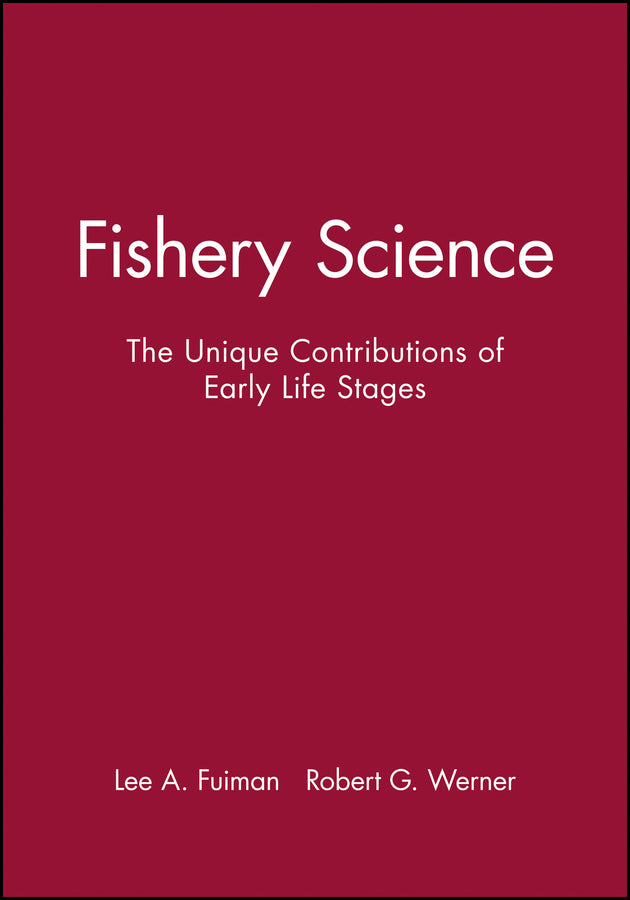Description
Condition: BRAND NEW
ISBN: 9780632056613
Year: 2002
Publisher: John Wiley & Sons (UK)
Pages: 340
Description:
It is now clear that data based on the studies of fish eggs and
larvae make a number of unique contributions to fishery science
that are crucial for accurate assessment and management of fish
populations, including those of commercially important fisheries.
This valuable book demonstrates why fish eggs and larvae are
important, how the characteristics of early life stages require a
somewhat different research approach and how information on early
life stages can be applied and interpreted to yield unique insights
into fish populations. The editors of Fishery Science have
drawn together an extremely useful and well-written book with
contributions from internationally respected researchers from North
America, Asia and Europe. Chapters include a discussion of the
unique nature of early life stages, age and growth, mortality,
recruitment, populations analysis, habitats, human impacts and
management. A carefully selected set of case studies demonstrates
several specific applications of early life history information to
a number of fishery problems.
Fishery Science was designed to complement existing
textbooks and is an essential purchase for all fisheries students
and professionals, and for biologists working on the early life
stages of fish. This exciting book is also of great value to
ecologists, marine, freshwater and environmental scientists,
populations biologists and oceanographers. All libraries in
universities and research establishments where biological and
fishery science are studied and taught should have copies of this
book available on their shelves.
ISBN: 9780632056613
Year: 2002
Publisher: John Wiley & Sons (UK)
Pages: 340
Description:
It is now clear that data based on the studies of fish eggs and
larvae make a number of unique contributions to fishery science
that are crucial for accurate assessment and management of fish
populations, including those of commercially important fisheries.
This valuable book demonstrates why fish eggs and larvae are
important, how the characteristics of early life stages require a
somewhat different research approach and how information on early
life stages can be applied and interpreted to yield unique insights
into fish populations. The editors of Fishery Science have
drawn together an extremely useful and well-written book with
contributions from internationally respected researchers from North
America, Asia and Europe. Chapters include a discussion of the
unique nature of early life stages, age and growth, mortality,
recruitment, populations analysis, habitats, human impacts and
management. A carefully selected set of case studies demonstrates
several specific applications of early life history information to
a number of fishery problems.
Fishery Science was designed to complement existing
textbooks and is an essential purchase for all fisheries students
and professionals, and for biologists working on the early life
stages of fish. This exciting book is also of great value to
ecologists, marine, freshwater and environmental scientists,
populations biologists and oceanographers. All libraries in
universities and research establishments where biological and
fishery science are studied and taught should have copies of this
book available on their shelves.

